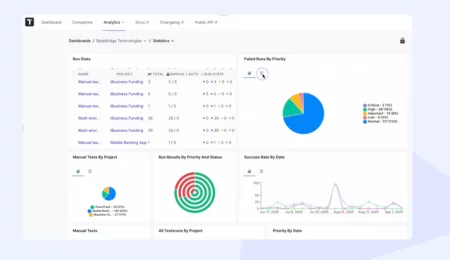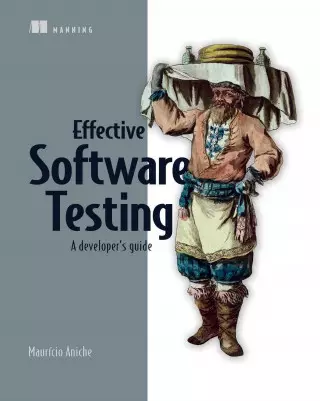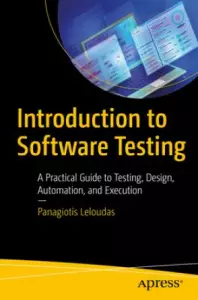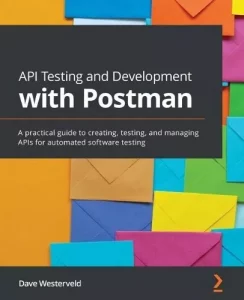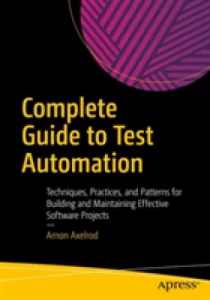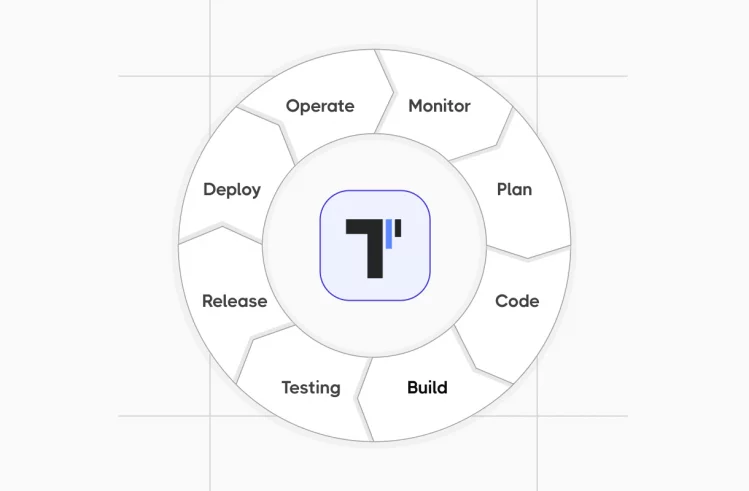Software testing is an essential part of any software development life cycle. It ensures a software solution’s functionality, reliability, and efficiency and is vital to quality assurance. Investing time in reading software testing books boosts your understanding of these testing mechanisms, thus ensuring the project’s quality and contributing to your professional growth. Therefore, I have prepared the best books on testing I have read that are still relevant at the time of writing.
Full Stack Testing
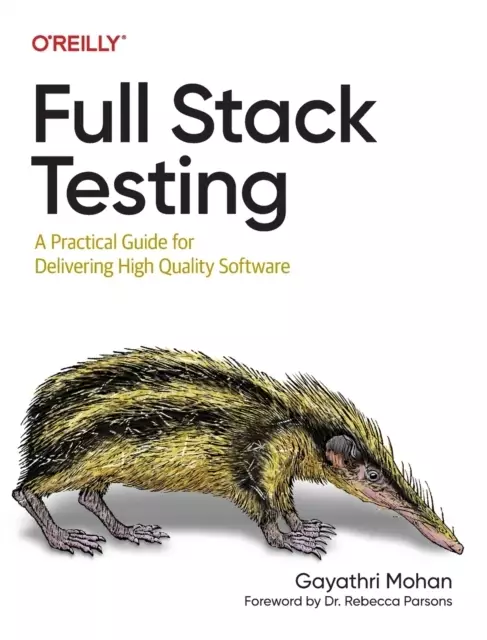
Testing is a critical discipline for any organization looking to deliver high-quality software. This practical book provides software developers and QA engineers with a comprehensive one-stop guide to testing skills in 10 different categories. You’ll learn appropriate strategies, concepts, and practical implementation knowledge you can apply from both a development and testing perspective for web and mobile applications.
Author Gayathri Mohan offers examples of more than 40 tools you can use immediately. You’ll acquire the skills to conduct exploratory testing, test automation, cross-functional testing, data testing, mobile testing, and visual testing, as well as tests for performance, security, and accessibility. You’ll learn to integrate them in continuous integration pipelines to gain faster feedback. Once you dive into this guide, you’ll be able to tackle challenging development workflows with a focus on quality.
With this book, you will:
→ Learn how to employ various testing types to yield maximum quality in your projects
→ Explore new testing methods by following the book’s strategies and concepts
→ Learn how to apply these tools at work by following detailed examples
→ Improve your skills and job prospects by gaining a broad exposure to testing best practices
Effective Software Testing
Go beyond basic testing! Great software testing makes the entire development process more efficient. This book reveals a systemic and effective approach that will help you customize your testing coverage and catch bugs in tricky corner cases.
In Effective Software Testing you will learn how to:
→ Engineer tests with a much higher chance of finding bugs
→ Read code coverage metrics and use them to improve your test suite
→ Understand when to use unit tests, integration tests, and system tests
→ Use mocks and stubs to simplify your unit testing
→ Think of pre-conditions, post-conditions, invariants, and contracts
→ Implement property-based tests
→ Utilize coding practices like dependency injection and hexagonal architecture that make your software easier to test
→ Write good and maintainable test code
Introduction to Software Testing
Get started and hit the ground running in the world of software testing. This simple and practical guide teaches you the fundamentals of software testing, with no prior experience required.
You will start by learning functional and non-functional software testing. Then you will gain an understanding of the primary responsibilities of a tester in the Software Development Life Cycle and how to plan and execute testing activities. You will also learn how testing applies to an agile environment, what challenges you might face in your day-to-day life as a tester, and how to overcome them. You will learn the most commonly used test design techniques, with ample examples and exercises to practice yourself.
By the end of this book, you will understand the software testing ecosystem, from its types, techniques, and tools, to test planning, execution, and reporting.
What You Will Learn
→ Master the fundamentals of Software Testing
→ Gain an understanding of different software testing types
→ Plan and execute testing activities
→ Apply test design techniques to concrete examples
API Testing and Development with Postman
It is a practical guide to creating, testing, and managing APIs for automated software testing.
Postman enables the exploration and testing of web APIs, helping testers and developers figure out how an API works. With Postman, you can create effective test automation for any APIs. If you want to put your knowledge of APIs to work quickly, this practical guide to using Postman will help you get started.
The book provides a hands-on approach to learning the implementation and associated methodologies that will have you up and running with Postman in no time. Complete with step-by-step explanations of essential concepts, practical examples, and self-assessment questions, this book begins by taking you through the principles of effective API testing. A combination of theory coupled with real-world examples will help you learn how to use Postman to create well-designed, documented, and tested APIs. You’ll then be able to try some hands-on projects that will teach you how to add test automation to an already existing API with Postman, and guide you in using Postman to create a well-designed API from scratch. By the end of this book, you’ll be able to use Postman to set up and run API tests for any API that you are working with.
What You Will Learn:
→ Find out what is involved in effective API testing
→ Use data-driven testing in Postman to create scalable API tests
→ Understand what a well-designed API looks like
→ Become well-versed with API terminology, including the different types of APIs
→ Get to grips with performing functional and non-functional testing of an API
→ Discover how to use industry standards such as OpenAPI and mocking in Postman
Complete Guide to Test Automation
Techniques, Practices, and Patterns for Building and Maintaining Effective Software Projects.
Rely on this robust and thorough guide to build and maintain successful test automation. As the software industry shifts from traditional waterfall paradigms into more agile ones, test automation becomes a highly important tool that allows your development teams to deliver software at an ever-increasing pace without compromising quality.
Even though it may seem trivial to automate the repetitive tester’s work, using test automation efficiently and properly is not trivial. Many test automation endeavors end up in the “graveyard” of software projects. Many things affect the value of test automation, and also its costs. This book aims to cover all of these aspects in great detail so you can make decisions to create the best test automation solution that will not only help your test automation project to succeed but also allow the entire software project to thrive.
One of the most important details that affects the success of the test automation is how easy it is to maintain the automated tests. Complete Guide to Test Automation provides a detailed hands-on guide for writing highly maintainable test code.
In conclusion, whether you’re an aspiring software tester, an experienced QA engineer, or a project manager overseeing software development, reading software testing books should be part of your ongoing professional development. Not only will it improve the quality of the software projects you’re involved with, but it will also further your individual career growth in the diverse and dynamic field of software testing. As with most technical disciplines, continuous learning is the key to success, and books contain a wealth of this knowledge.
